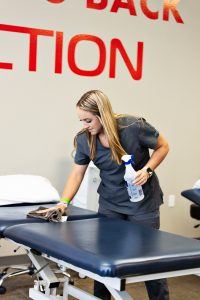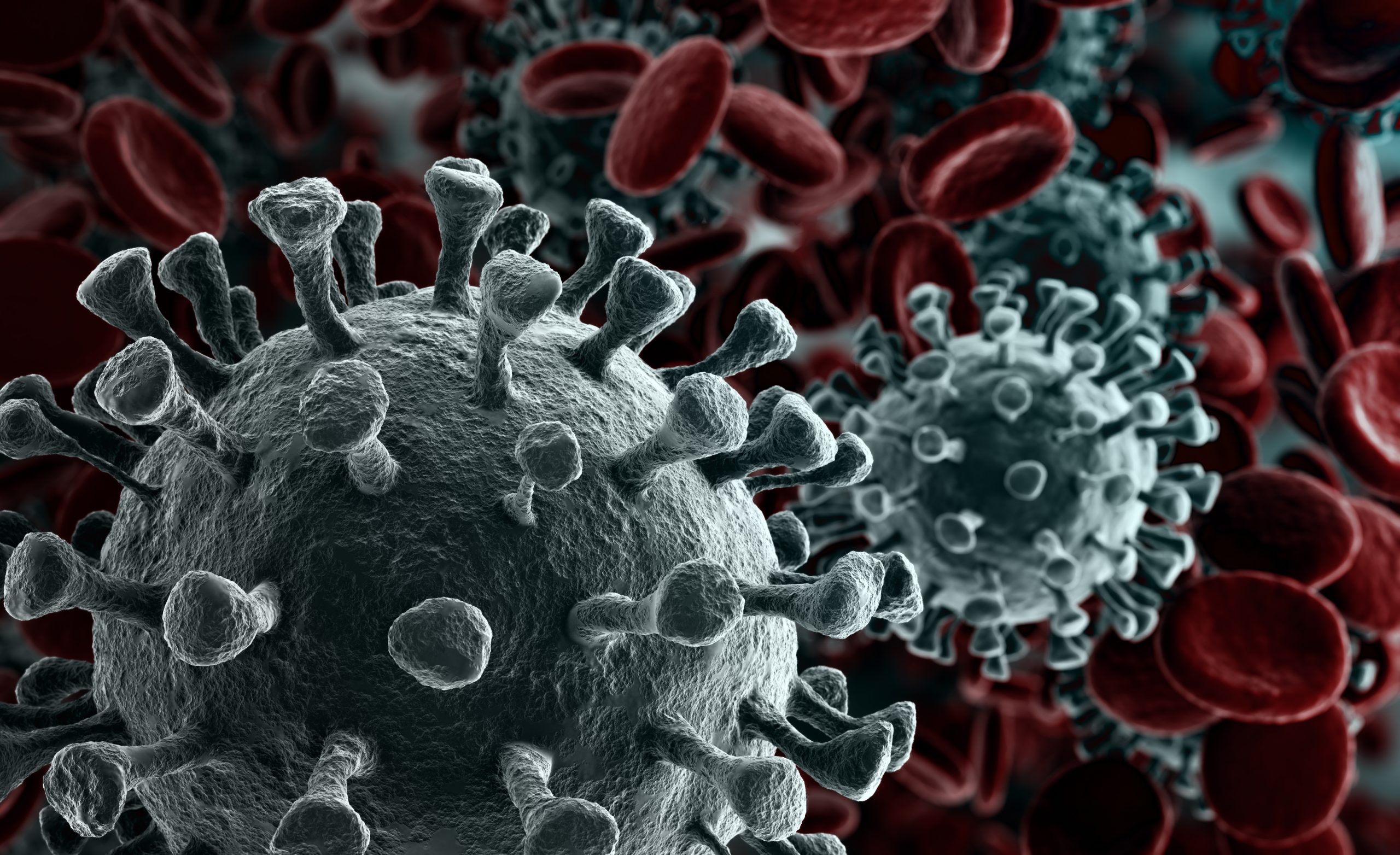When coronavirus began spreading through the United States, everyday routines like making groceries or visiting your momma and them suddenly changed. You had to remember to grab a mask and hand sanitizer along with your car keys. Those handshakes and hugs were replaced with awkwardly crossed arms and six feet of separation. Work meetings moved from conference rooms to living rooms and became punctuated with the phrases “You’re on mute,” and “Can everyone hear me?”
One of the biggest challenges we are dealing with is how to provide healthcare during a global health crisis. Both patients and healthcare professionals are feeling the strain. When it comes to physical therapy, this aspect of treatment and rehabilitation requires hands-on interactions—quite the challenge in a world where we are told to social distance and self-isolate. Thankfully, physical therapists have found ways to make providing patient care during the pandemic safer and less stressful.
Sanitation Protocols
Every quality clinic makes cleaning and disinfecting a priority, but COVID-19 demands an even higher standard of sanitation. This means frequently cleaning all commonly touched and shared surfaces—from the pen you sign-in with and the waiting room chairs to door handles and training equipment. If it’s touched, can be touched, or will be touched, it needs to be disinfected before and after each patient!

Social Distancing
Social distancing is one of the most simple yet effective protection measures a clinic can take. Limiting the number of patients in the reception area and controlling movement are common in facilities. For example, making sure patients and staff travel one way down a hallway or designate certain doors as “enter only” or “exit only.” Marking social distance measurements on the floor is another way to help remind people to give one another enough space.
PPE
Making sure the staff properly uses personal protective equipment, or PPE, is a major factor in protecting patients from COVID-19. PPE includes things like gloves, face masks, protective coveralls, face shields, and eyewear. But while the staff are understandably expected to use PPE, patients may also be required to use and provided with PPE—specifically face masks.
Patience and Consideration
While not something you can mandate, patience with and consideration for others are important tools for ensuring safety during this pandemic. We can’t do things as quickly and easily as we used to, and everyone is having to deal with life during COVID. So be kind, be patient, and be courteous—we are all in this together!
